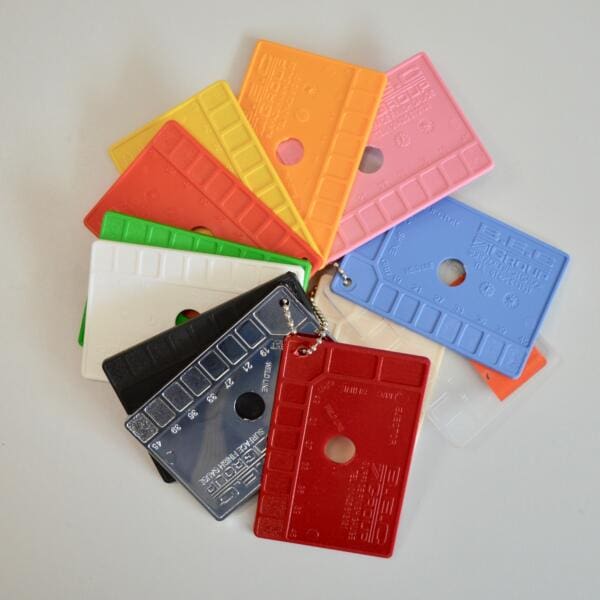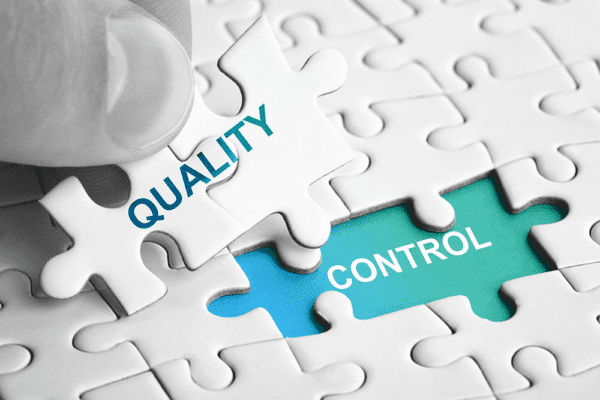
Surface Finishes in Injection Moulding | BEC Group
Plastic injection moulded parts come in all types of surface finishes; from glossy finishes for premium products to bold surface patterns and grippy textures. Customers usually come to BEC with an idea of what attributes, plastic and finish they want. These are then selected depending on the product’s desired appearance, application, and cost.
What are the different surface finishes?
There are many different surface finish options for plastic injection moulding. Broadly, these are split into four categories: high-gloss, semi-gloss, matte and textured.
A high-gloss finish on moulding is usually necessary when the part is visible and needs a premium look and feel. Common examples include panels on televisions and computers. A diamond polish is used to create this shiny look.
A semi-gloss finish hides any imperfections on a moulding, leaving a nice clean surface, but with less shine than that of a high-gloss finish. Mouldings that are less visible or aren’t required to be shiny are often produced in this finish. BEC achieves this look with EDM spark erosion.
A matte or stone finish is the most popular of the four, leaving mouldings with a flat surface without shine. Abrasive stones ranging from 320 to 600 grit are used to create this cost-effective finish.
Textured finishes are often used when a part requires a particular look, or to give more grip. Textured finishes also allow paint to adhere better to mouldings than a gloss finish. Often, interior automotive parts have a textured finish to give a premium feel.
In addition to these four finishes a part can also be machined- meaning the surface is left as it was when ejected from the mould tool. A step up from this is a shotblasted finish which smooths over any imperfections on the part to give a more even result.
Why use them?
Often a particular surface finish is requested by a customer for aesthetics or application. A high-gloss part may look more polished or expensive in comparison to a rougher finish. A part that requires more grip, would benefit from a rougher finish. Textured finishes can also cover small imperfections such as flow lines or sink marks, making moulding more attractive.
The surface finish selected and the plastic best suited for it is all driven by the design for manufacture (DFM). A DFM is carried out at the start of the design process to determine extra costs or inefficiencies.
Customers come to BEC with an idea of what attributes, plastic and finish they’re looking for. From there, the design team will ask certain questions to find out what the application of the part is, if draft angles need to be altered, and what colours or additives might be in their desired plastic. All these factors can affect which plastic and finish is the best option.
How much do they cost?
Costs for surface finishes vary considerably, primarily because of the time it takes to achieve them. A high-gloss finish involves a great deal of polishing, for instance- making it a more expensive process. A sparked finish which involves machining a cavity and producing one or many electrodes to spark the cavity, is also incredibly time-consuming, pushing up costs. A machined or shot-blast finish is typically the most cost-effective, particularly if the part will not be visible.
How are they achieved?
Surface finishes on injection moulded parts can be achieved in two different ways. A texture is either applied directly to the mould tool or through post-moulding processing such as sanding, stoning, or sandblasting.
In-mould texturing allows for a custom texture to be applied directly to the mould. Each injection moulding produced will then be produced in the required texture without the need for processing afterwards. A spark erosion or EDM finish is a common method of semi-gloss in-mould texturing. This involves machining out the cavity then producing an electrode in the shape of the cavity.
When a current discharges between two of these electrodes separated by a dielectric liquid it creates electrical discharges (or sparks) which remove material from the mould tool. Spark erosion can take a long time to carry out. This timeline can also be hard to estimate, making it difficult for cost estimates to be accurate. The finish it produces can’t be achieved through secondary operations.
Diamond buffing, sanding with emery paper and abrasive stones, and shot-blasting can all be used post-moulding to produce glossy and matte finishes.
 Can all surface finishes be used with all plastic types?
Can all surface finishes be used with all plastic types?
Not all surface finishes can be achieved with all types of plastic. Certain plastics are easier to buff or roughen up, others produce a better high gloss finish.
Polycarbonate for instance is not recommended for use with a textured or matte finish but is well suited to a high-gloss part. Polystyrene is great for a semi-gloss or matte or textured finish but less so for high gloss. Certain additives, including colours and fillers, can also alter the finish of a plastic part.
Selecting the most appropriate plastic for your project and surface finish requirement encompasses many different factors. Desired surface finish can also impact on how easily a part can be ejected from a mould tool. A more textured or grippy surface can make ejection more difficult- sometimes requiring either a greater draft angle or a more polished surface finish.
The BEC team take all of these factors into account when advising on the project and the best possible outcome. If you’d like to find out more about surface finishes for injection mouldings to request a sample card showing the different finishes available, get in touch via hello@becgroup.com or call us on 01425 613 131.
Click here to read the latest news from BEC Group.

BEC Group
+44 (0)1425 613131
Website
Email
 Can all surface finishes be used with all plastic types?
Can all surface finishes be used with all plastic types?




